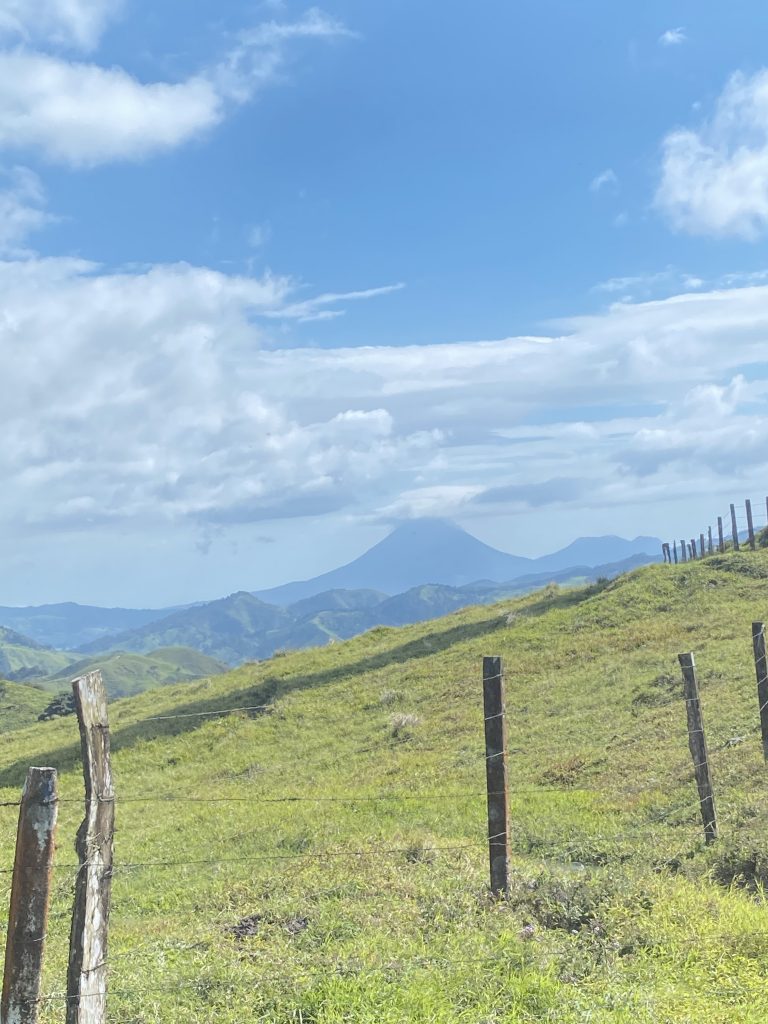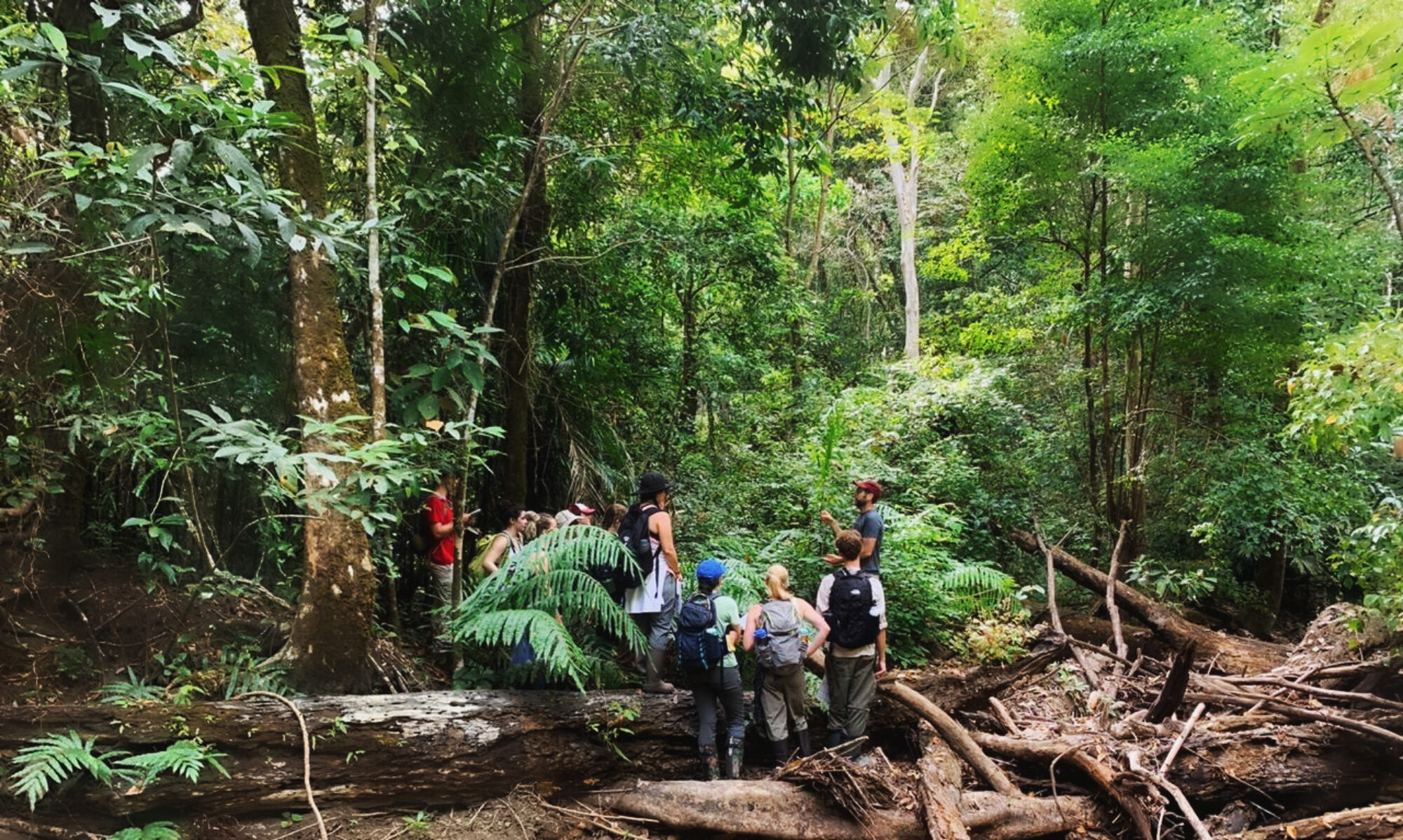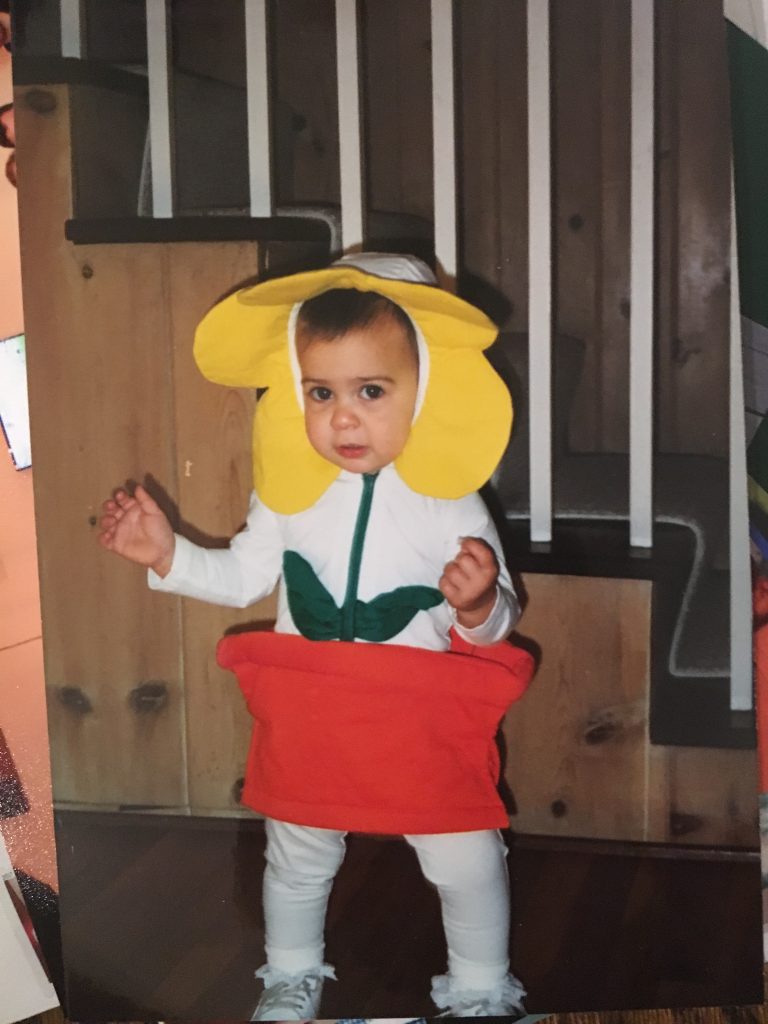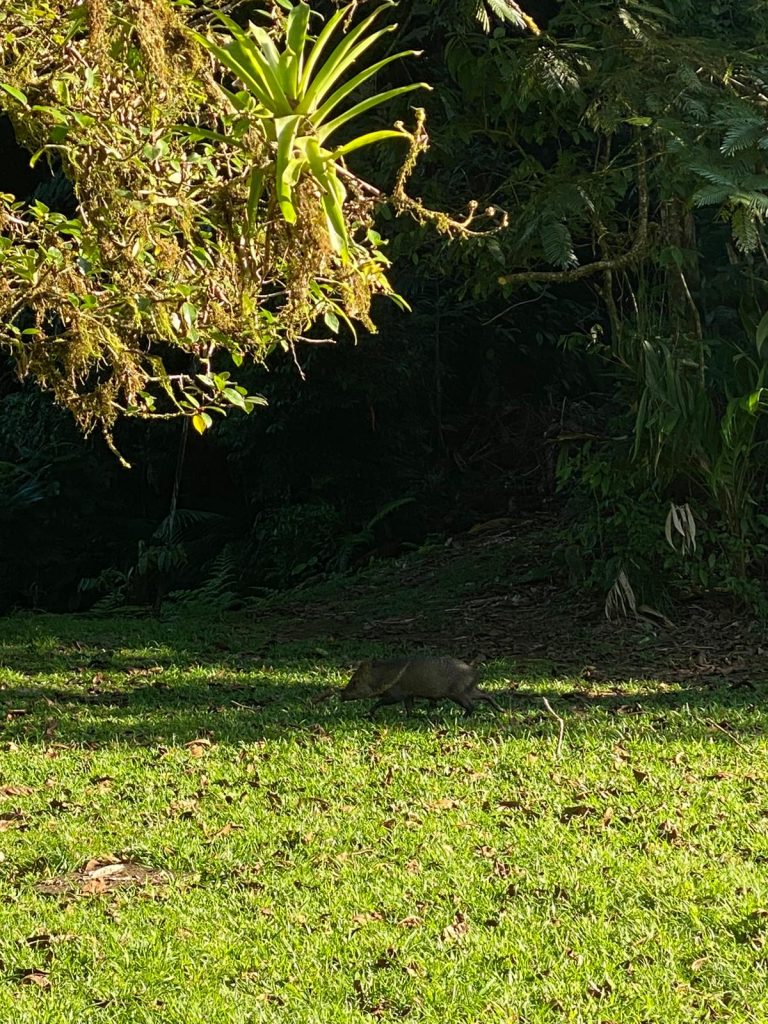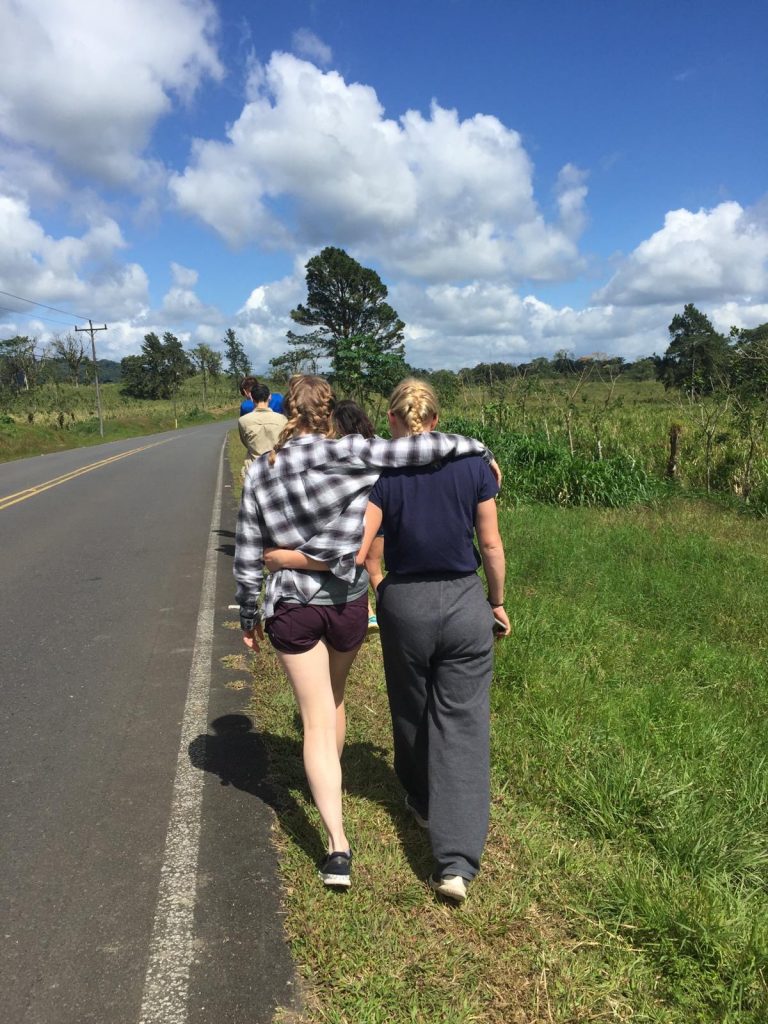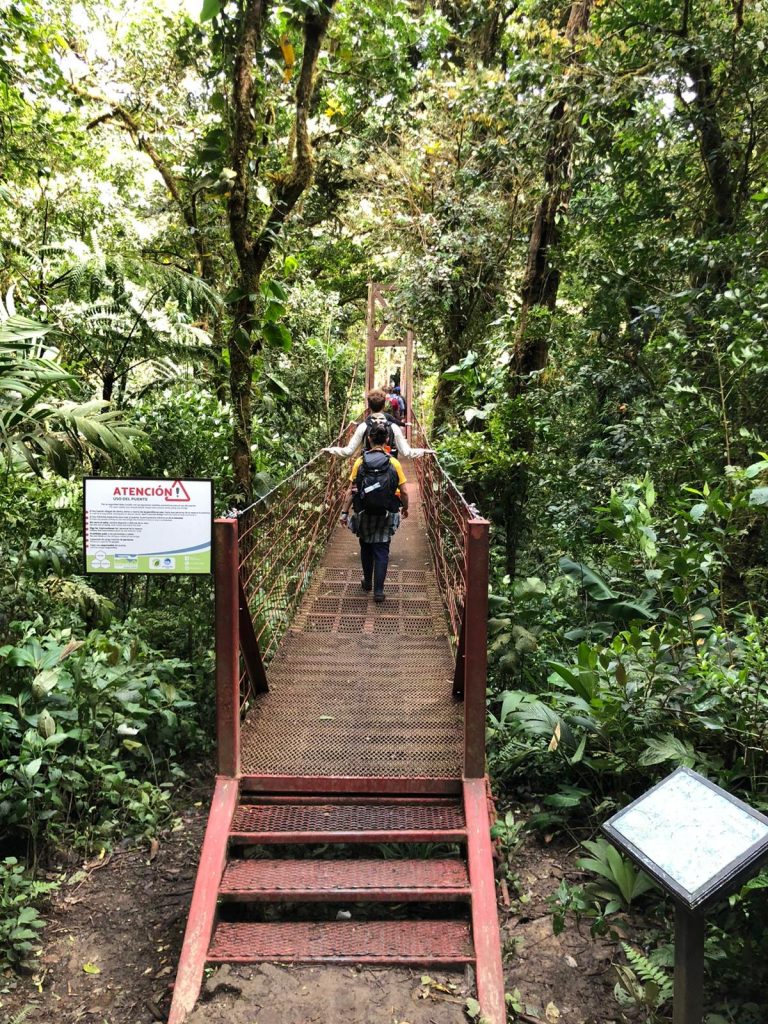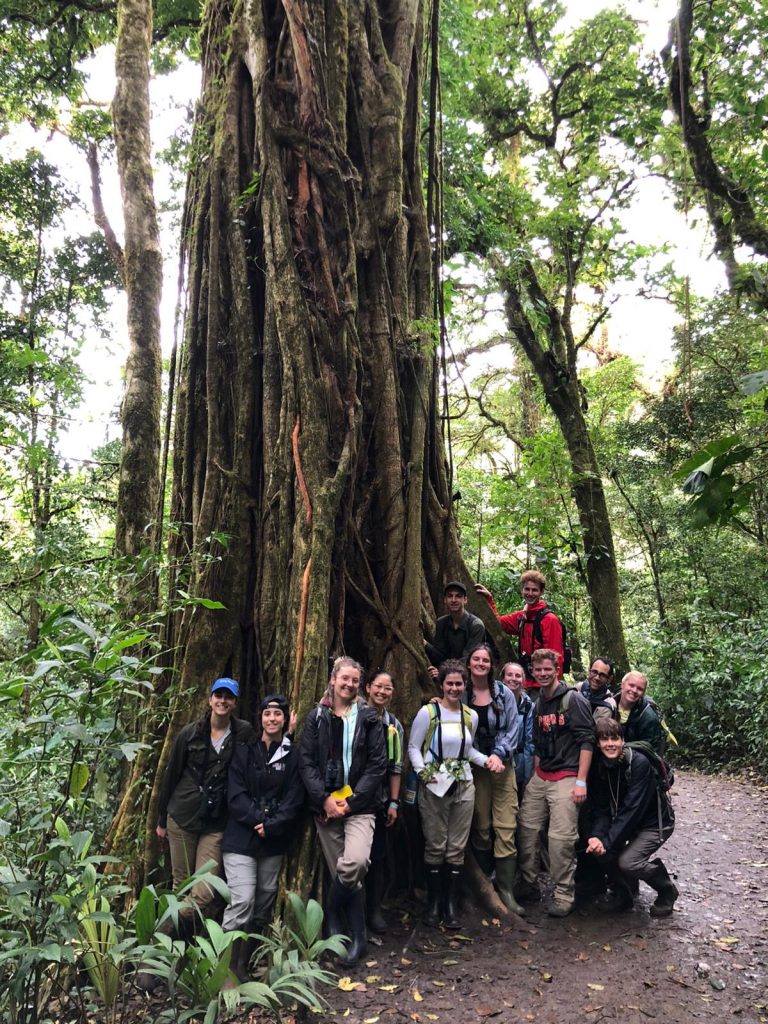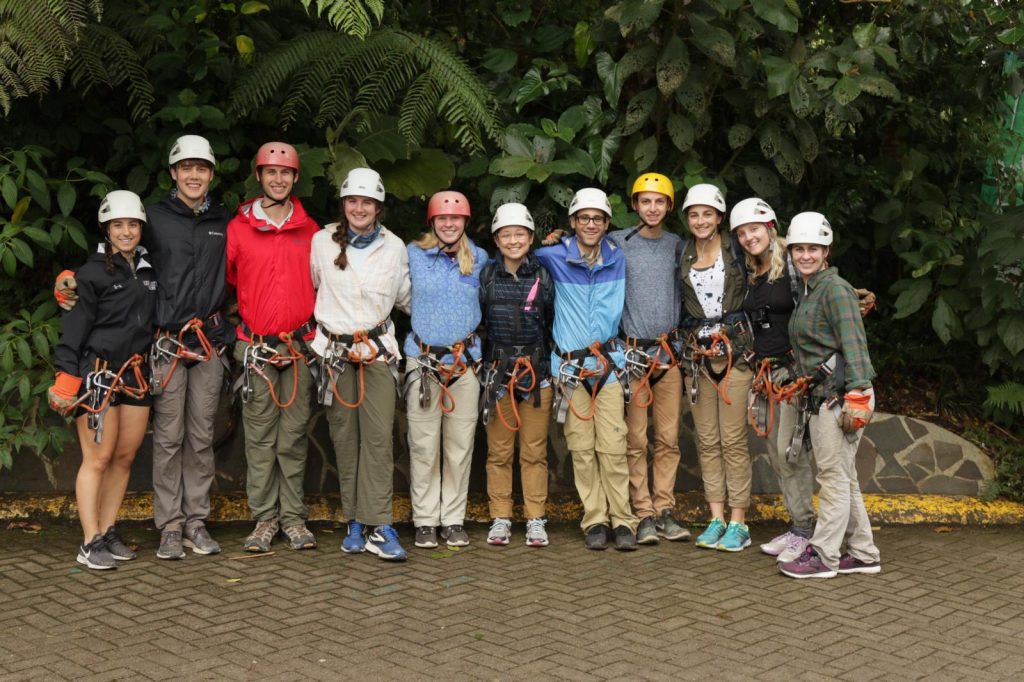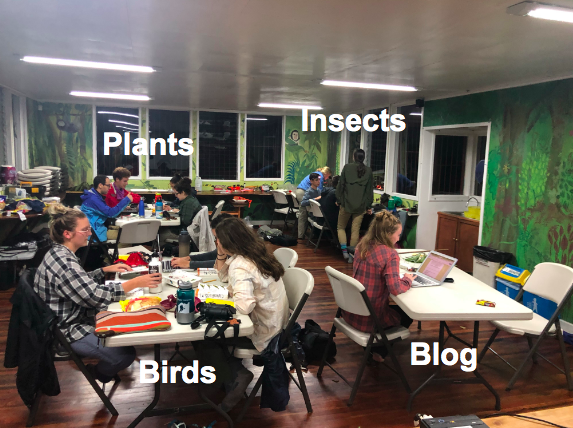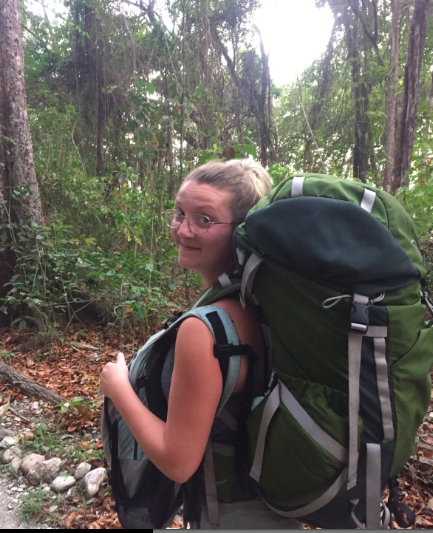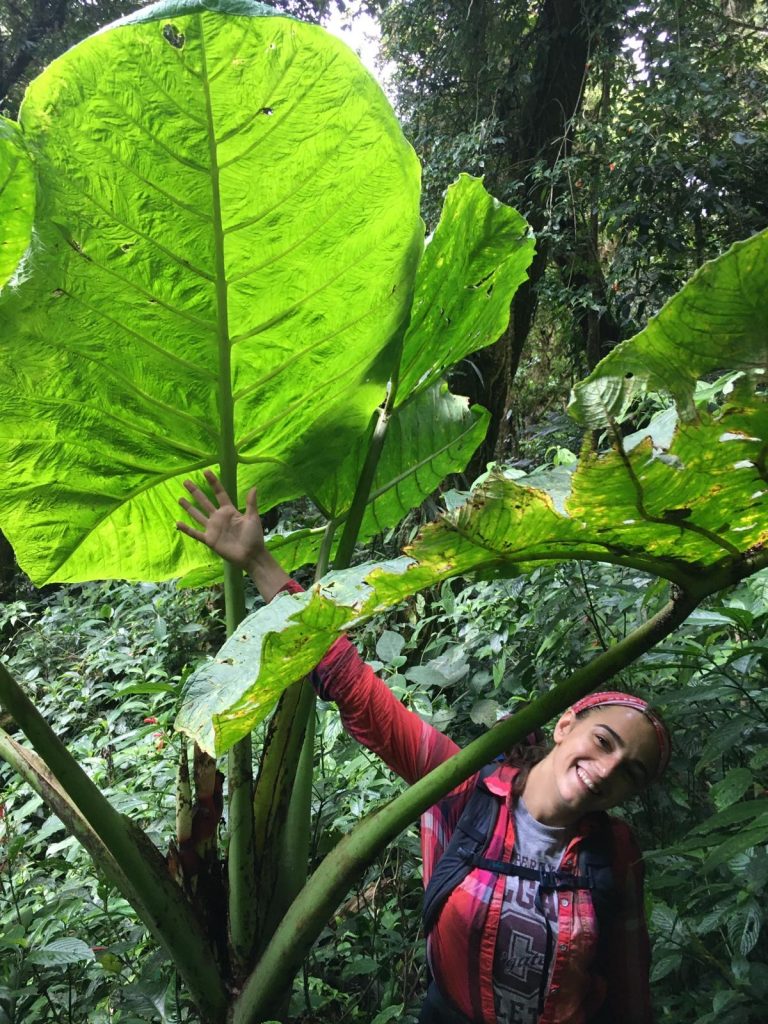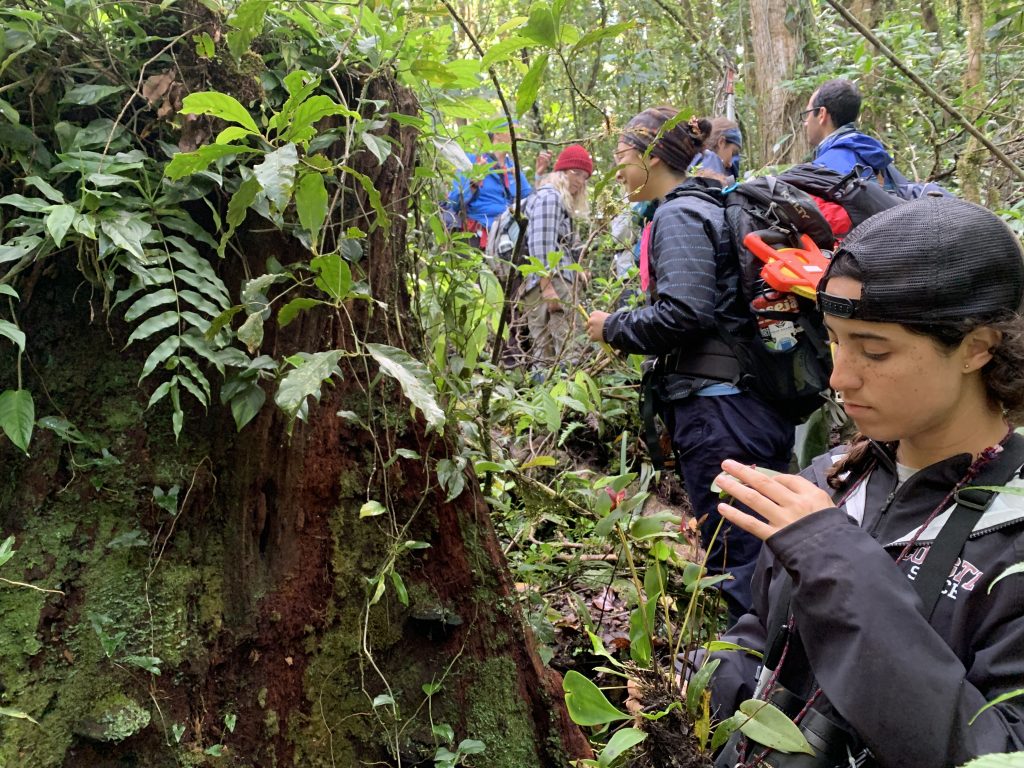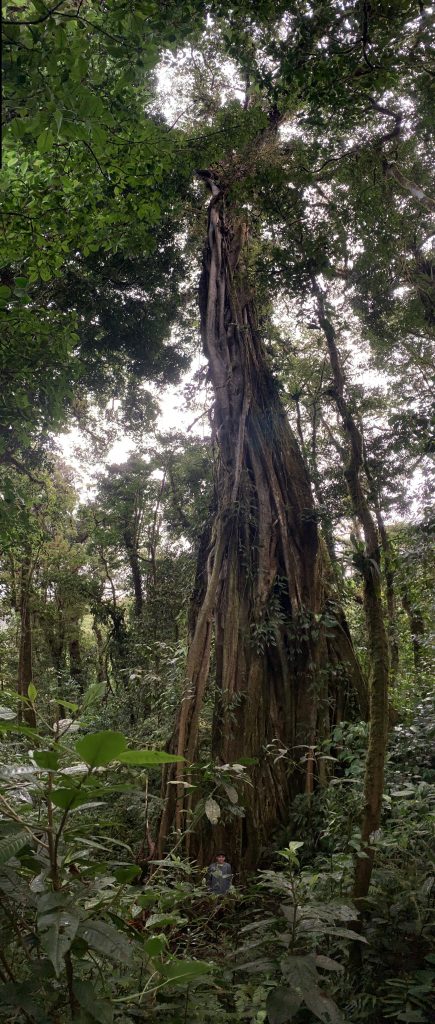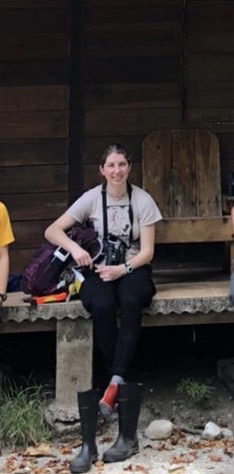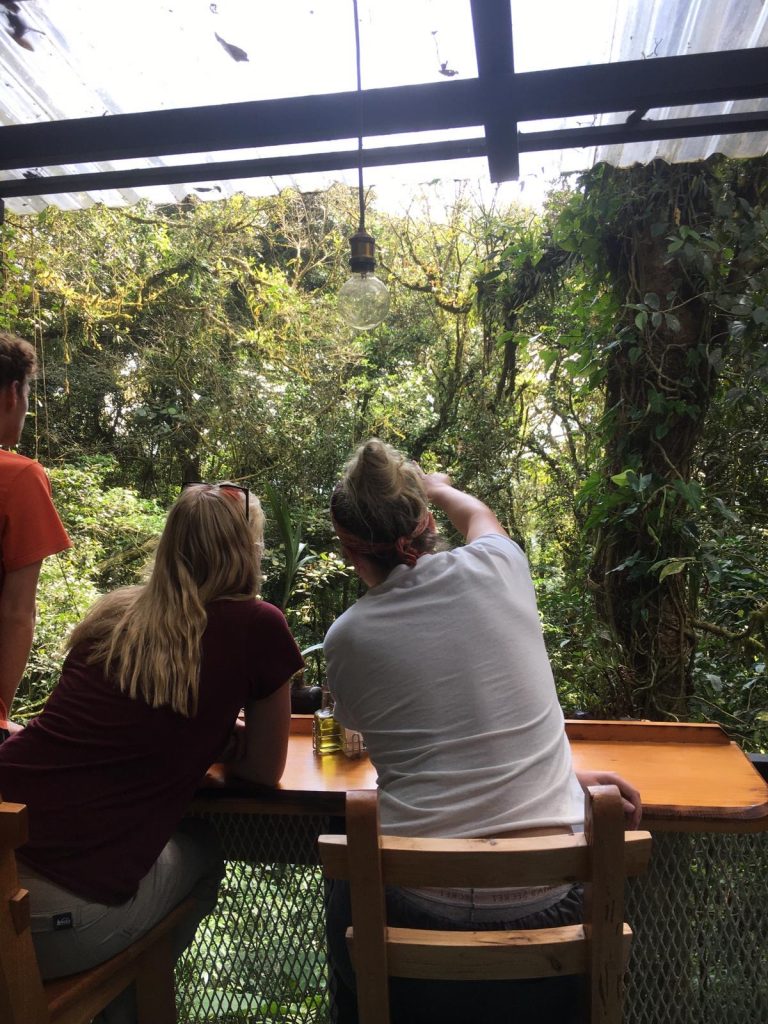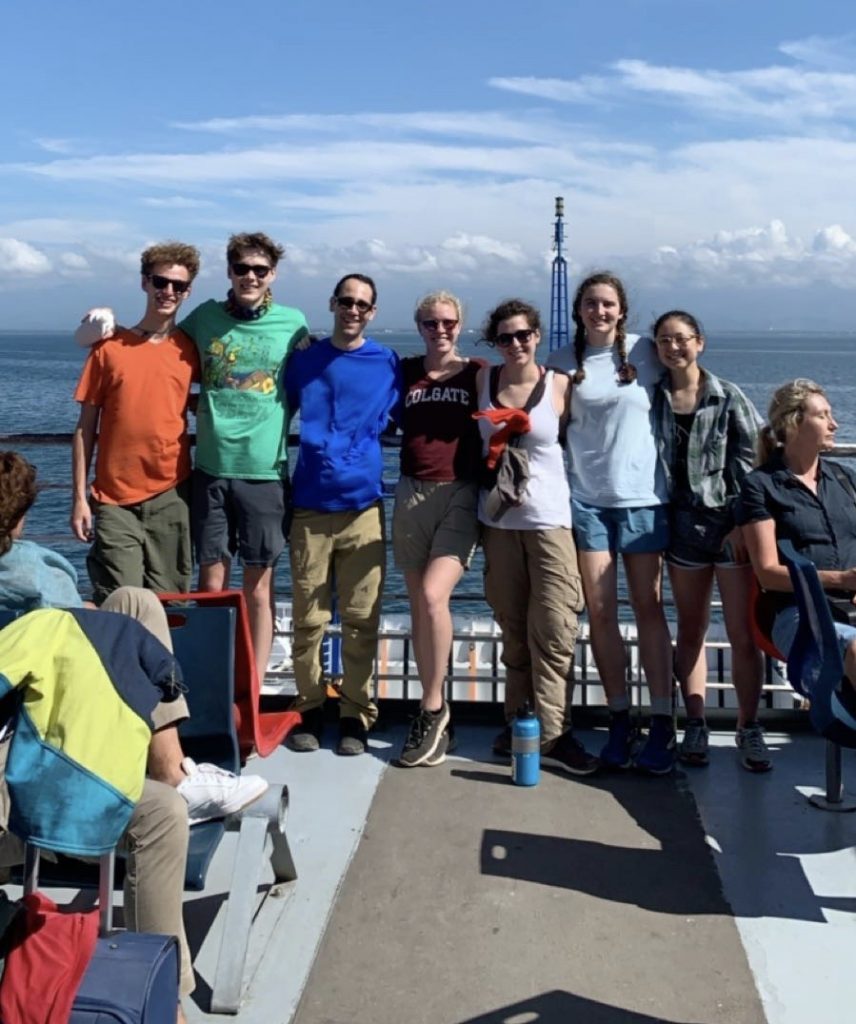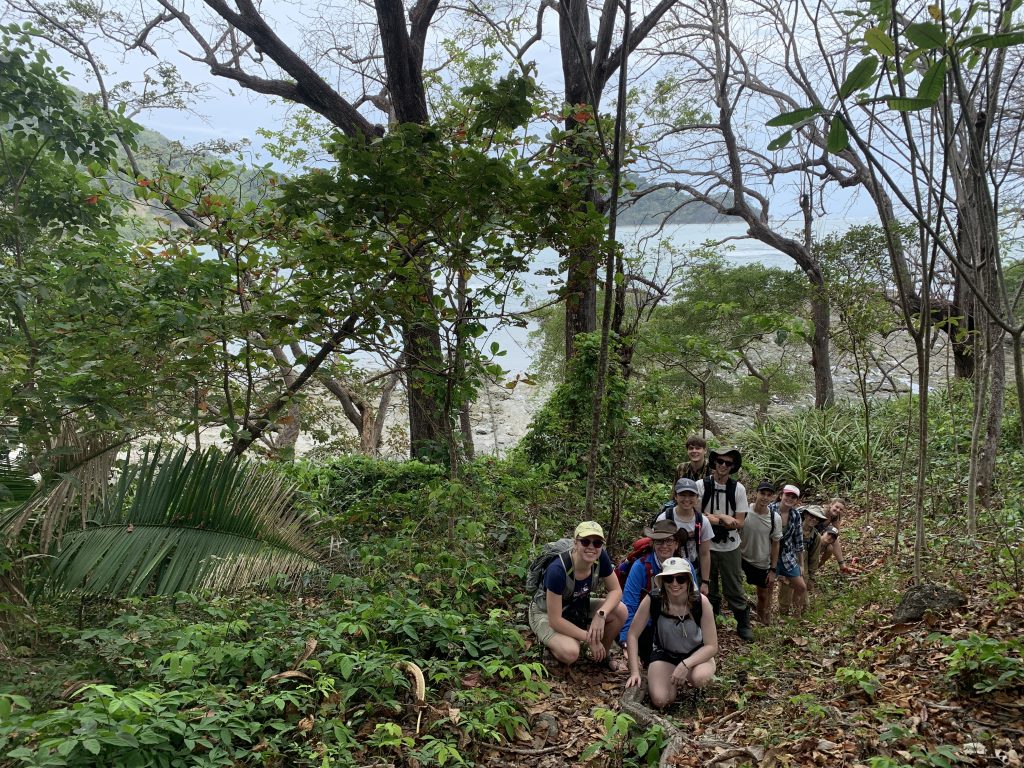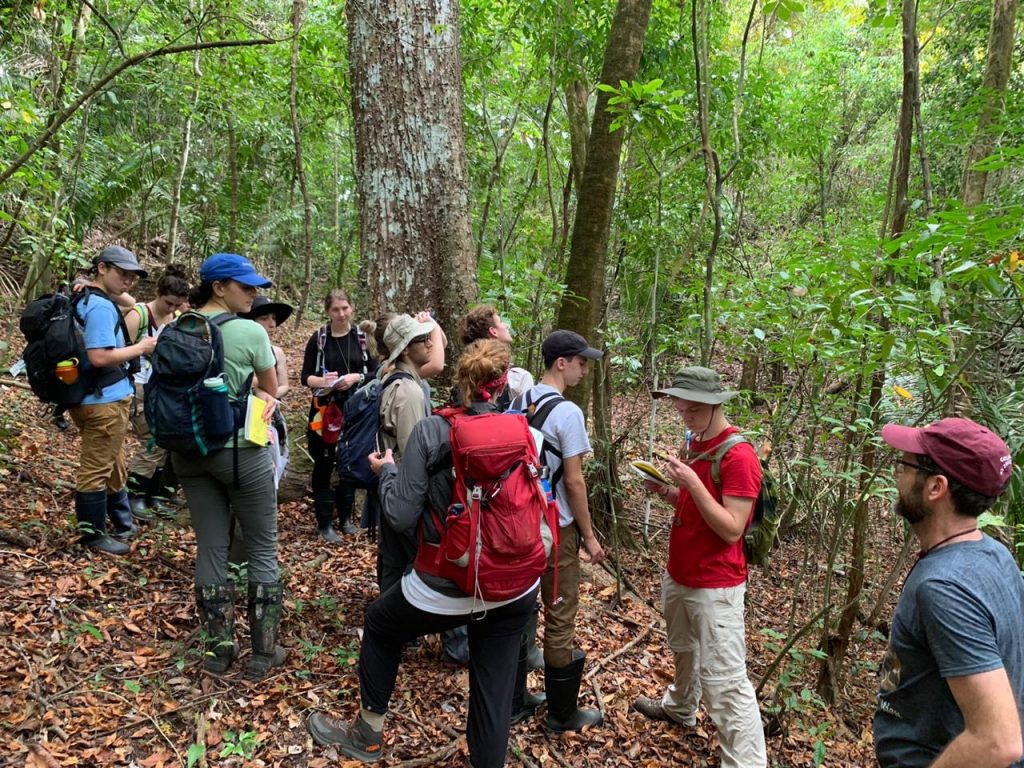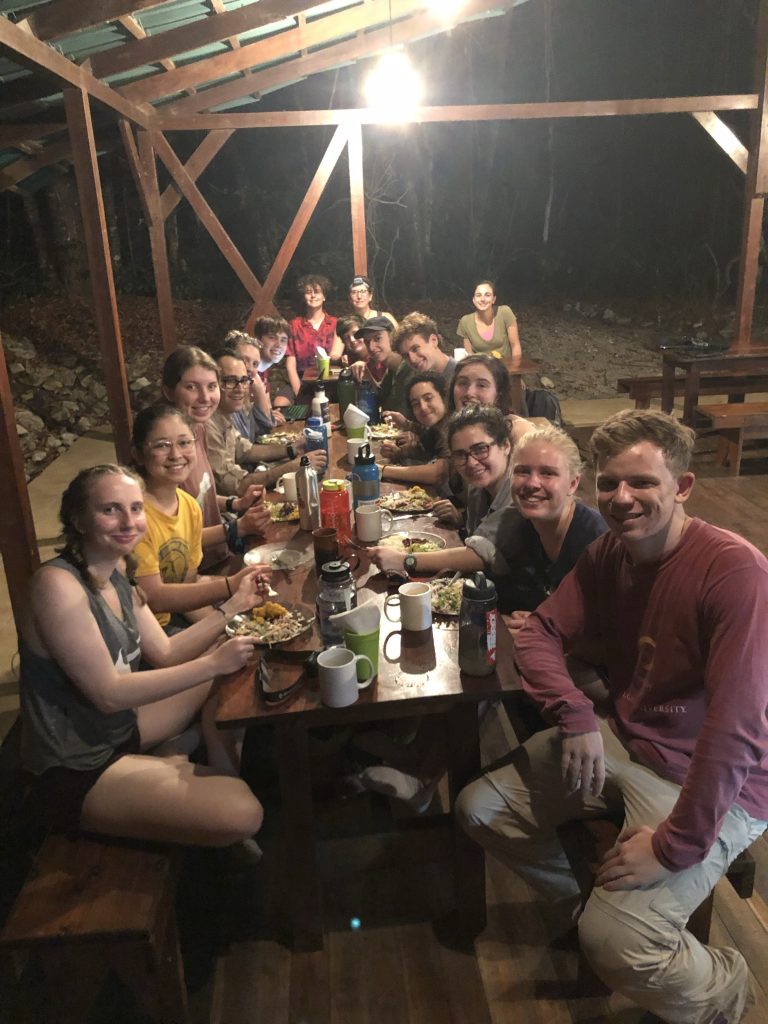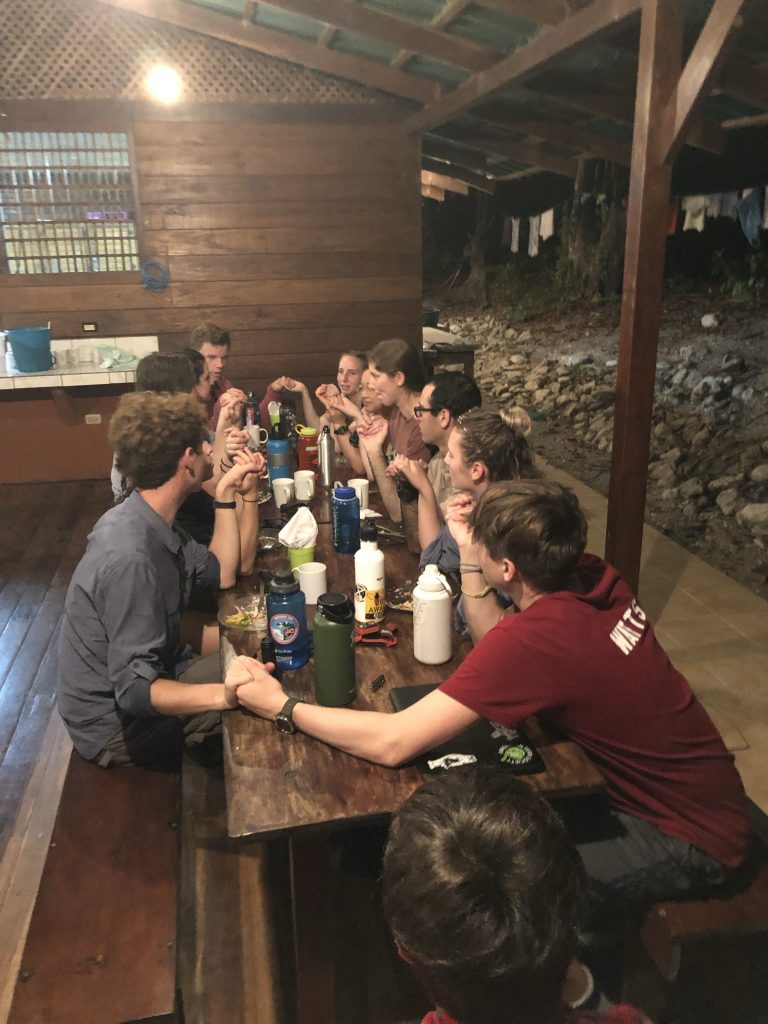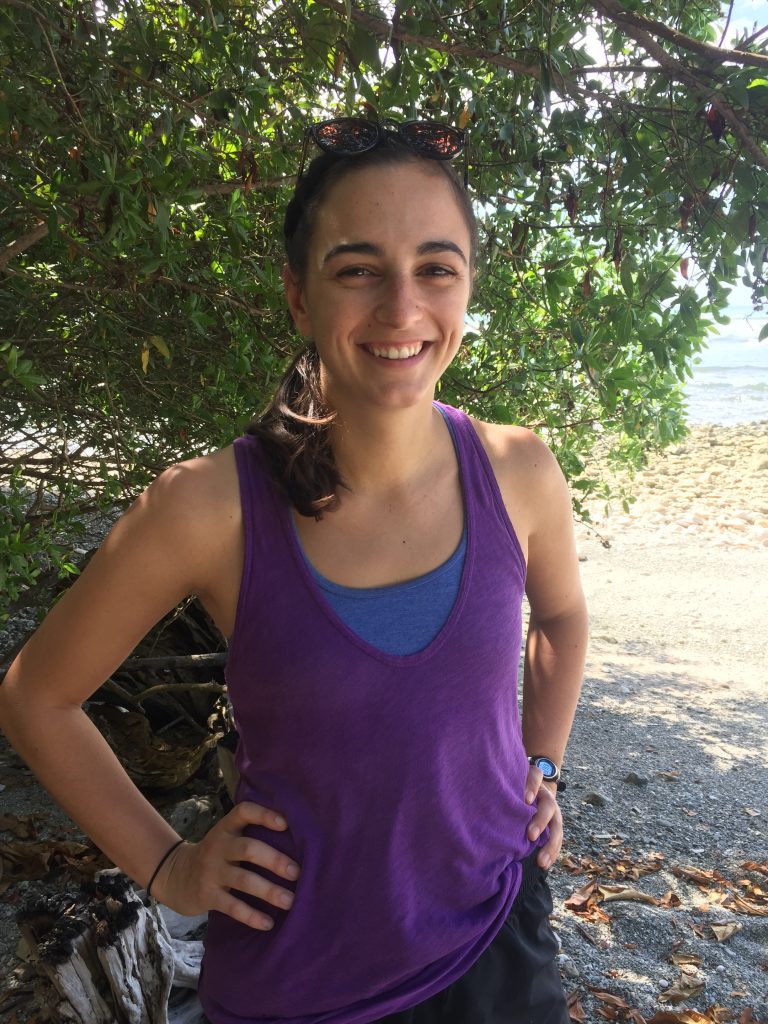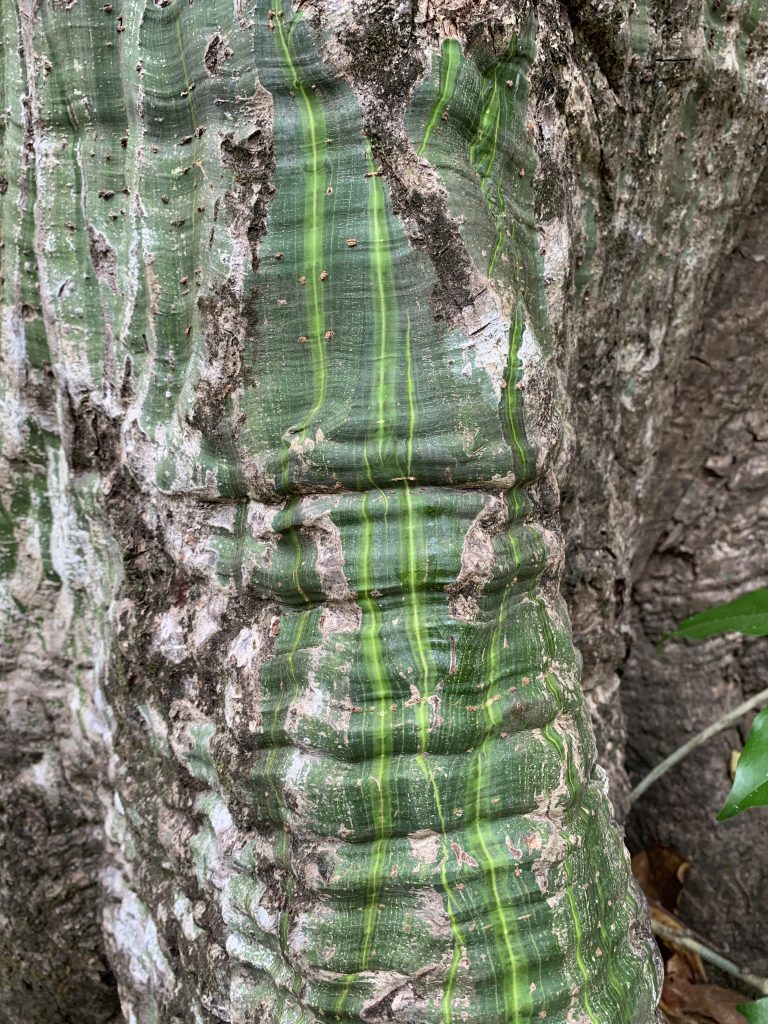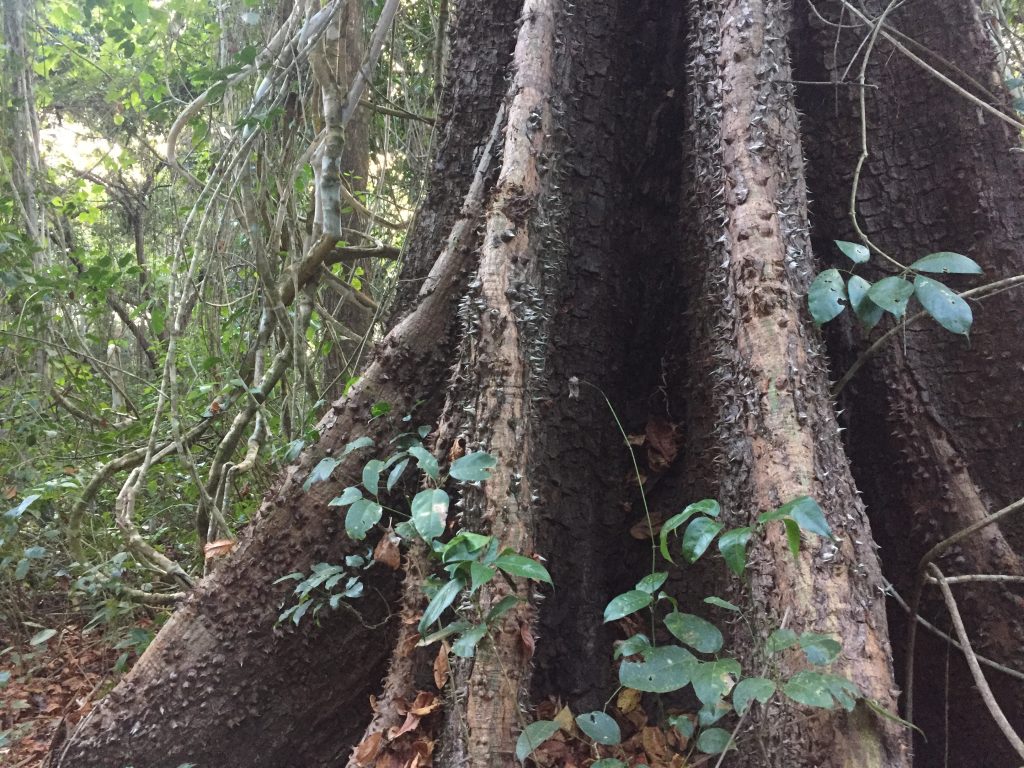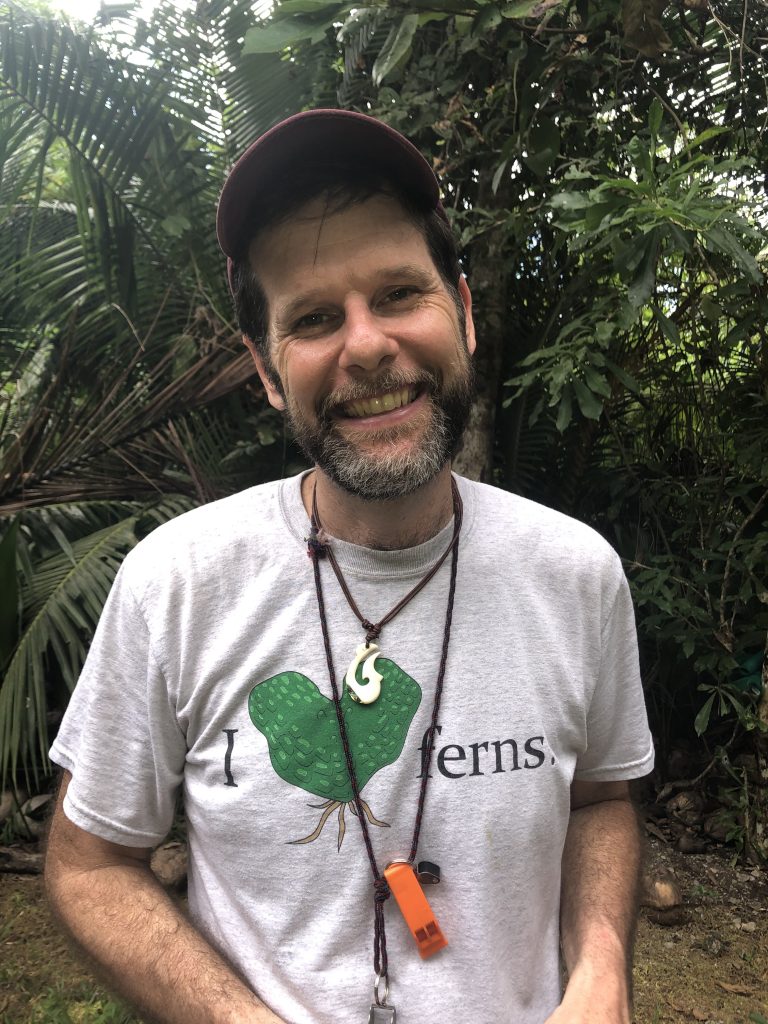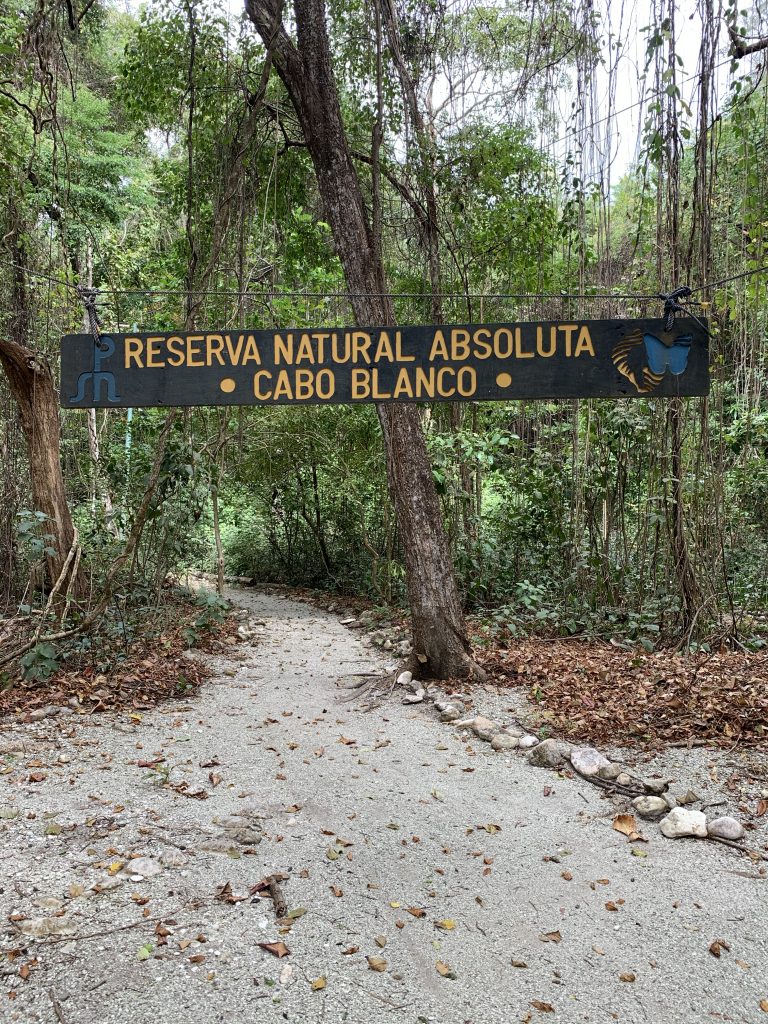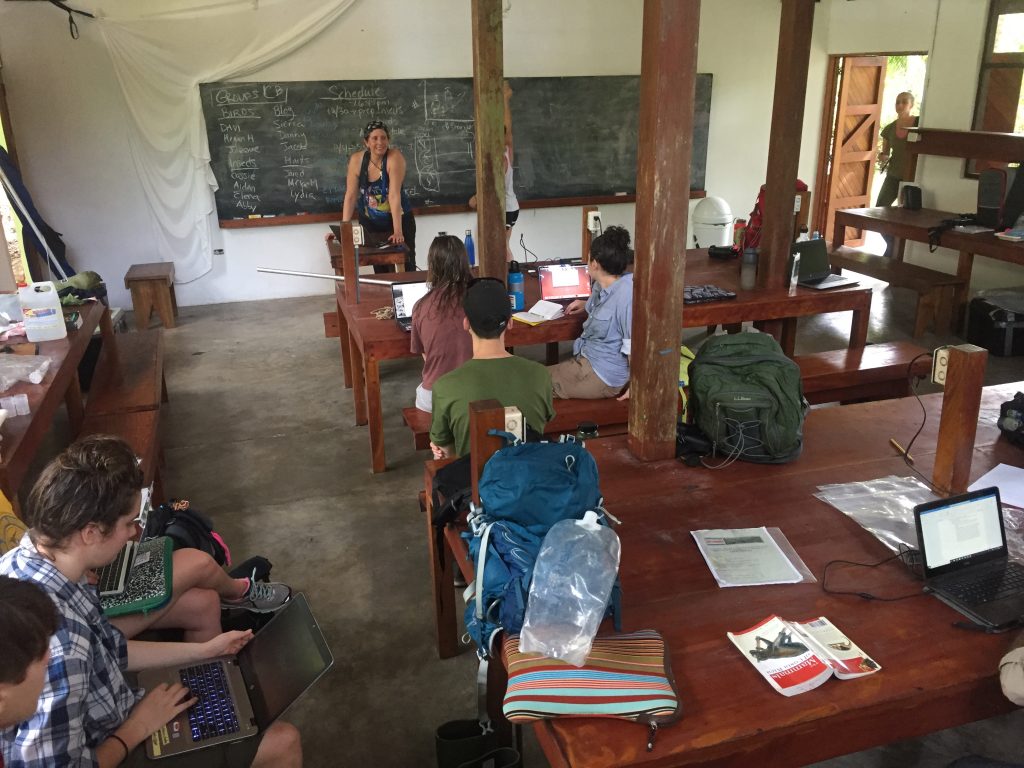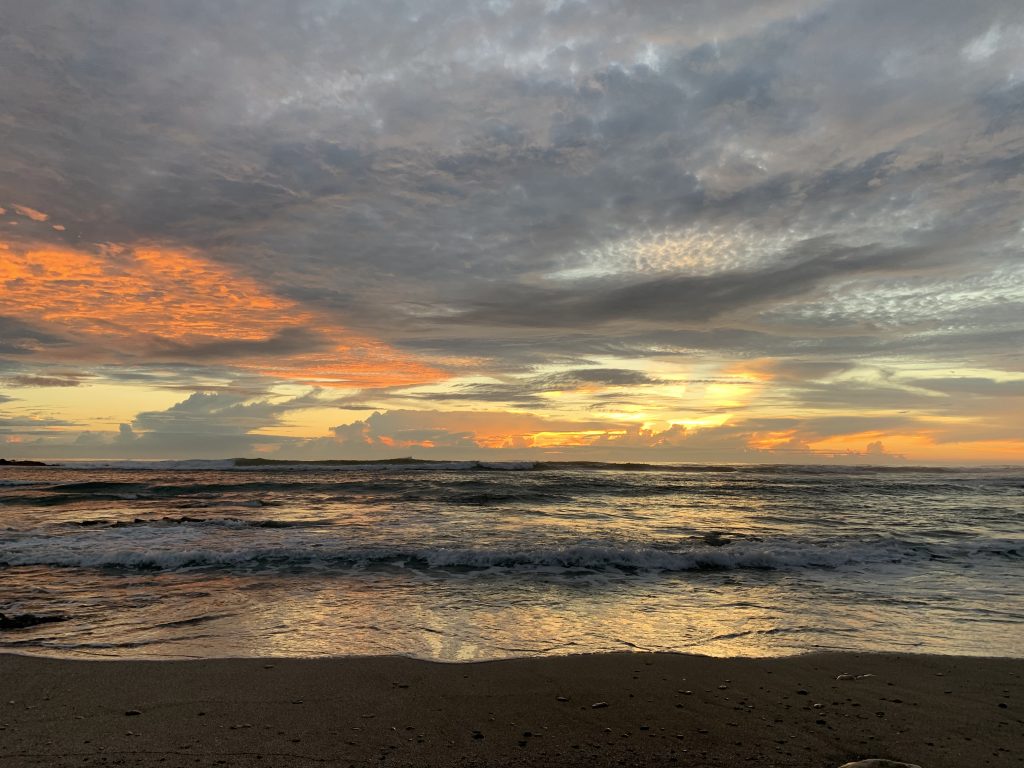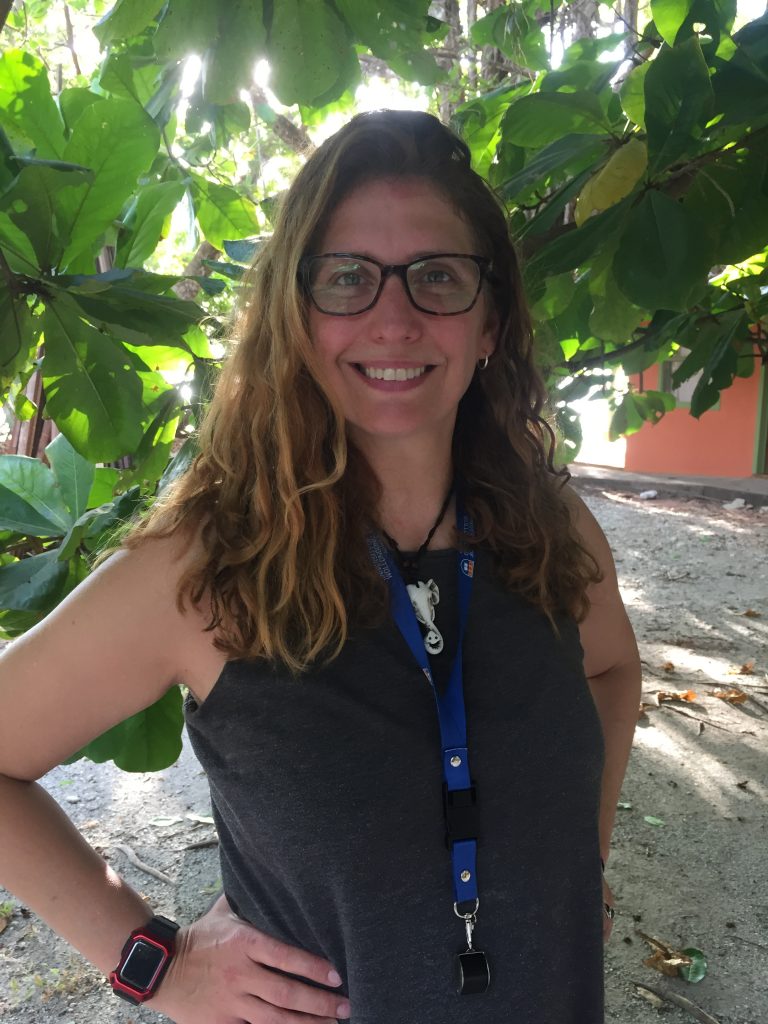Highlights of Day 9
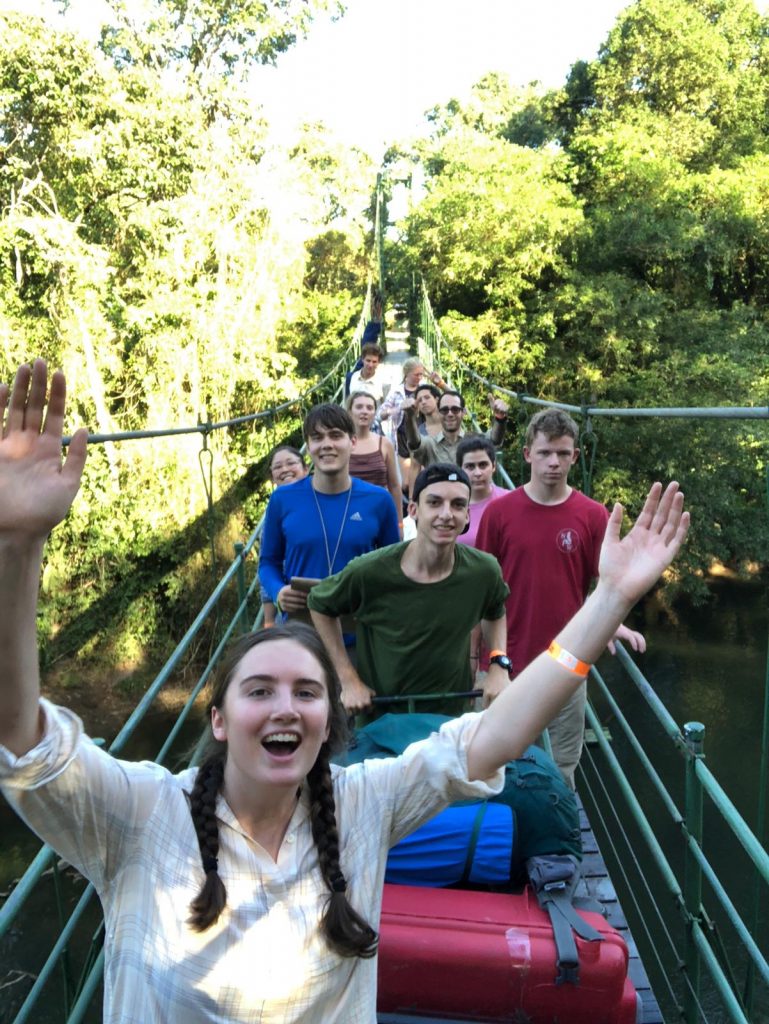
We awoke to the refreshing cool breeze of Monteverde for the last time. We were treated to a leisurely morning with breakfast at 7:00 a.m. With bellies full of rice and beans and most importantly, plantains, we loaded the bus with 5,000 pounds of gear, and headed off to La Selva. During the drive we caught up on some much needed zzz’s. While there was initial momentum for a song filled 4 hour car ride, we quickly succumbed to our tiredness and knocked out. We missed Andrés games of 20 questions and riddles that filled up the time on our last car ride. Beautiful sights accompanied the drive for those who remained awake.
About 2 hours into the drive, we arrived at a small town to stop for a quick bathroom break. However, we drove around the block several times, and could not find a place to stop. A few of our very own ventured out into the wilderness to use the bathroom. The next stop on our journey was to look at views (and take pics for the gram) of the La Fortuna Volcano, an active volcano in the heart of Costa Rica. We continued on to our lunch stop where we feasted on delicious burritos, garlic bread (multiple baskets), and pasta, and were treated with ice cream to top off lunch. We reloaded the bus and fell into food comas for the remaining one and a half hours until our arrival at the infamous La Selva. The time passed quickly as we all slept for the remainder of the drive (surprise! College students napping!).
Anticipation, excitement, and a little bit of fear filled the air as we arrived at the entrance of La Selva Biological Station. We checked in and discovered our luxurious accommodations after a safety talk the night prior that warned us about all the deadly animals we would be rooming with. Next, we crossed the magnificent suspension bridge to journey towards to classroom and lab. The bridge offers views of birds, turtles, and occasionally sloths or even an ocelot crossing over the river. We unloaded and set up the lab classroom while the insect group deployed their night traps. We then went to dinner and familiarized ourselves with the packed commodore that is La Selva. With over 90 people at the station, it’s safe to say we weren’t in Cabo Blanco anymore! We had to acclimate ourselves with social interaction again as we mingled in the commodore, pretending we still know how to interact with humans other than our classmates and professor (and TA). After dinner, we went to the lab to work on our papers from Monteverde and some brave souls went on a night hike with the OTS graduate course. They saw many millipedes, daddy long legs, poison dart frogs, and even the dreaded fer-de-lance. Luckily, everyone came back safe and sound, and went straight to bed to prepare for the day of work ahead!
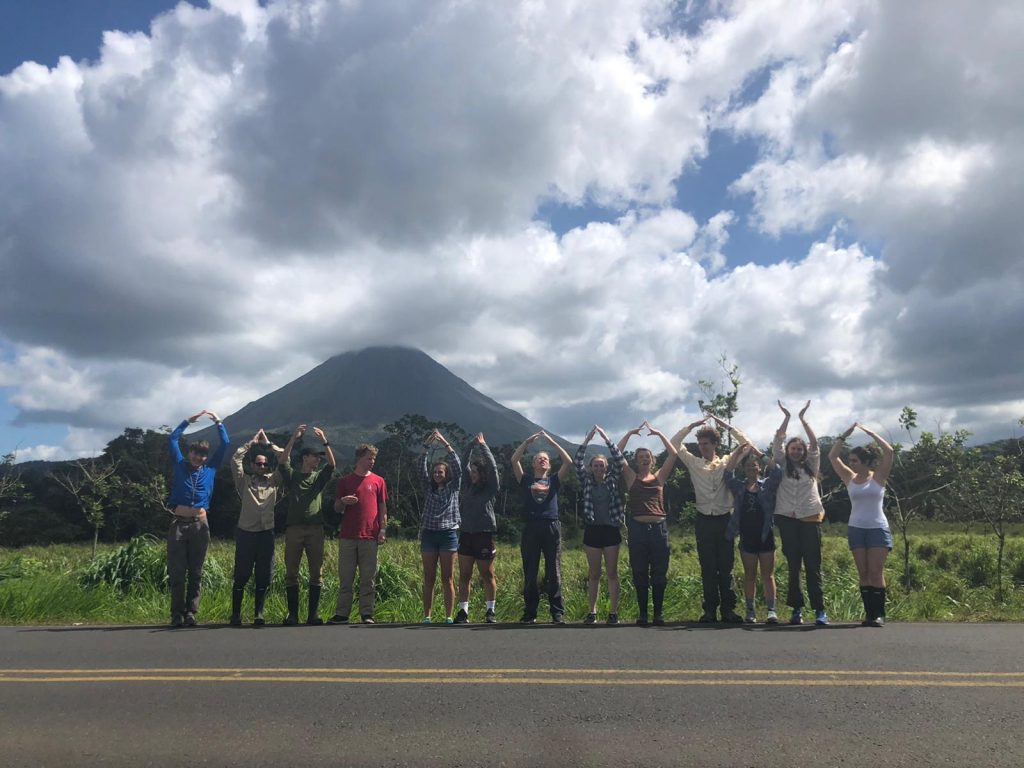
Rose & Thorn
Rose– Seeing La Fortuna and taking a picture for the gram!
Thorn– The long bus ride to get to La Selva (even though we slept through most of it)
Vibe of the day: Jittery
Quote of the Day:
“I’m sorry I moonwalked into you” – Megan to fellow (random) scientist in the dinner line
Bird ID: Danny, Elena, Jared
Insect ID: Julieanne, Sierra, Lydia
Plant ID: Jacob, Aidan, Cassie
Blog: Megan, Abby, Davi
Scientist Spotlight: Julieanne Montaquila (Junior at Colgate, Biology)
One favorite childhood memory in nature?
When I was in second grade we went to Heller nature center and they gave us a wheat seed and wet paper towel in a ziplock bag. I learned I could grow seedlings and I was fascinated! I loved growing them in ziplocks on the window and even bringing them to school!
What has surprised you the most about this trip?
I was surprised by how much we are able to learn and fit into one day and how much we are able to see! We have already seen 3 different habitats and it has been such a short amount of time.
Dream job?
I would like to be a professor at a university. I care about teaching and I adore researching plant ecology.
On the left, our smelly new friend a peccary and on the right, our other smelly friends, Megan and Lydia!
